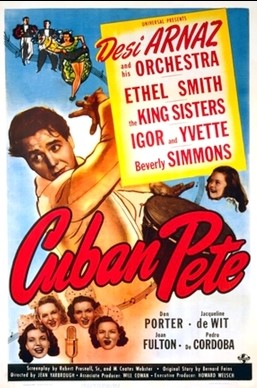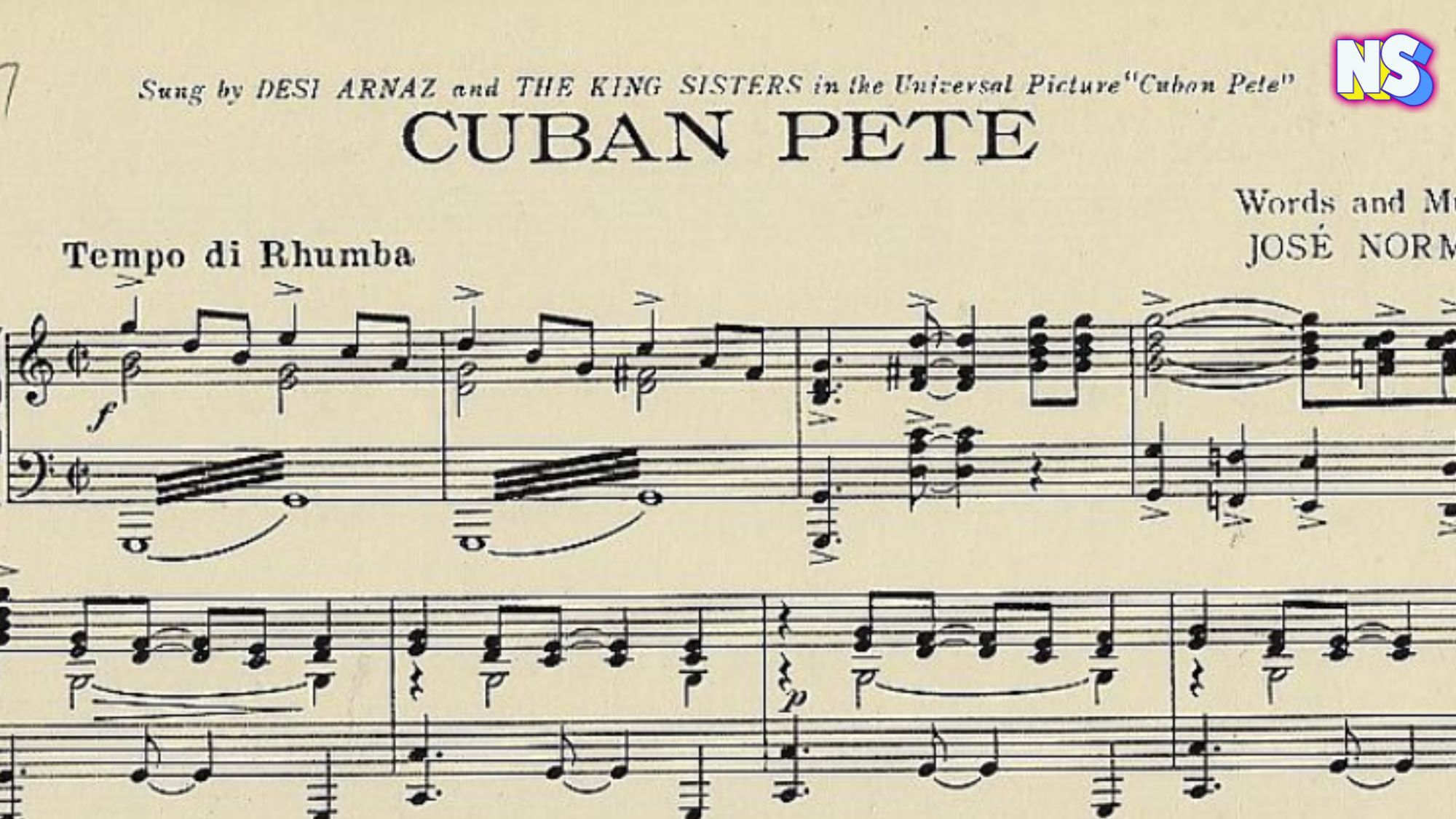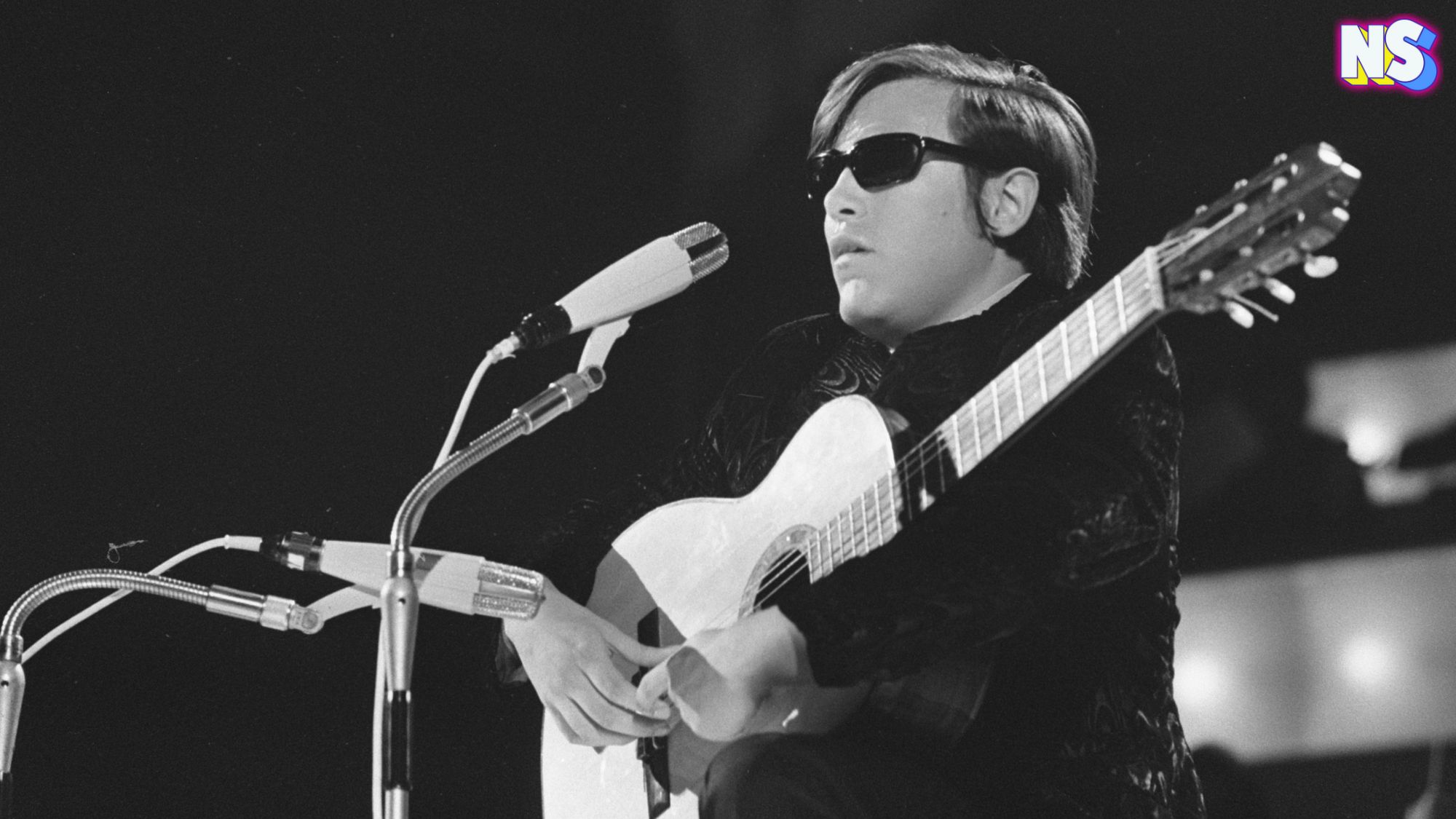The song “Cuban Pete” has been a hit for decades. A YouTube user even called it a “banger.” But there's much debate about the identity of “Cuban Pete,” the narrator of the song who declares: “They call me Cuban Pete. I'm the king of the rumba beat. When I play the maracas I go chick-chicky-boom, chick-chicky boom.” What is it about Cuban Pete and his song that has fans debating, dancing, and singing across generations? Who is this Cuban Pete? Let's trace the story of Cuban Pete, the song, and their revival in a 1994 film classic.
The Story of “Cuban Pete”
The song “Cuban Pete” was composed and written in 1936. born in the vibrant musical landscape of the 1930s. Written by Joseph Norman, it was first performed by Mantovani & His Tipica Orchestra and sung by Louis Armstrong in 1937. In 1946, Desi Arnaz performed “Cuban Pete” in the musical film aptly titled "Cuban Pete."
Arnaz later performed the song as his character Ricky Ricardo, on the hit television series I Love Lucy. Ricardo performed as “Cuban Pete” and his on- and off-screen wife Lucille Ball was his dance partner “Sally Sweet.” A 3:20-minute, YouTube clip of the performance has over 2.4 million views and more than 2,900 comments.
“Here we are, 70 years later, in awe of this performance,” YouTuber Jim Walsh writes.
Pedro “Cuban Pete” Aguilar’s Mambo
In the 1950s, Latin dance, particularly mambo, became popular in the mainstream. The famed Palladium Ballroom in New York City turned into the epicenter of the dance craze, drawing dancers from all walks of life.
Two of the most famous mambo dancers were Pedro “Cuban Pete” Aguilar and Millie Donay, a nationally known dynamic duo that redefined Latin dance. Aguilar, who was actually Puerto Rican, earned his Cuban Pete nickname from Arnaz, who saw him perform at Palladium.
“Aguilar was born in Puerto Rico in 1927 and grew up in New York City and Washington, D.C.,” the Los Angeles Times explains. “His mother taught him the basic Latin dance steps. He picked up the nickname “Cuban Pete” in 1949 at the Palladium Ballroom in New York. The nickname referenced a Desi Arnaz song, and Arnaz later endorsed Aguilar’s use of it.”
Jim Carrey’s Mask Revival
Fast-forward to 1994. The Mask, a zany comedy starring Jim Carrey, embraced the spirit of musical theater. In a pivotal scene, Carrey’s character, Stanley Ipkiss (aka The Mask), bursts into a lively rendition of “Cuban Pete.”
As police officers chase him, Ipkiss uses the song to distract them. His performance is a whirlwind of energy, complete with wild dance moves and playful antics. The lyrics come alive as Carrey croons, "Hello, Cherie. We meet again. Is it fate? Is it meant to be? Is it written in the stars that we are destined to fraternize?".
The “Cuban Pete” scene almost didn’t make the final cut. However, it won over the filmmakers. And it remains one of the film’s most memorable moments.
“From the beginning, it had been Russell’s intention to make The Mask a kind of covert musical, including a major dance number in which Ipkiss (as the Mask) performs ‘Cuban Pete,’ a song that was first released in 1936 and later popularized by Desi Arnaz on the sitcom I Love Lucy,” the outlet Mental Floss explains. “New Line was less certain about the scene and considered cutting it until a preview audience gave it an enthusiastic reception. …”
The original Cuban Pete song stayed in the movie and even made it onto Billboard’s Hot Dance Music list.





